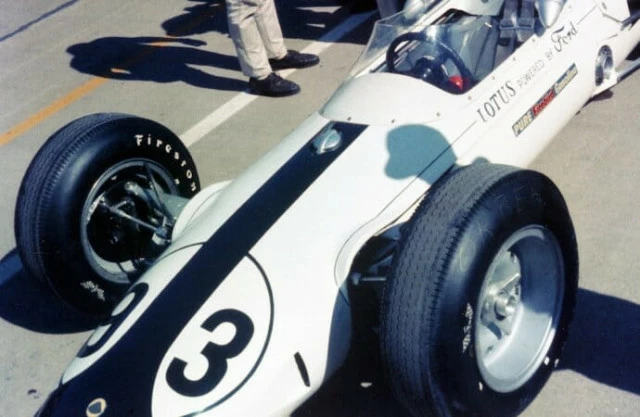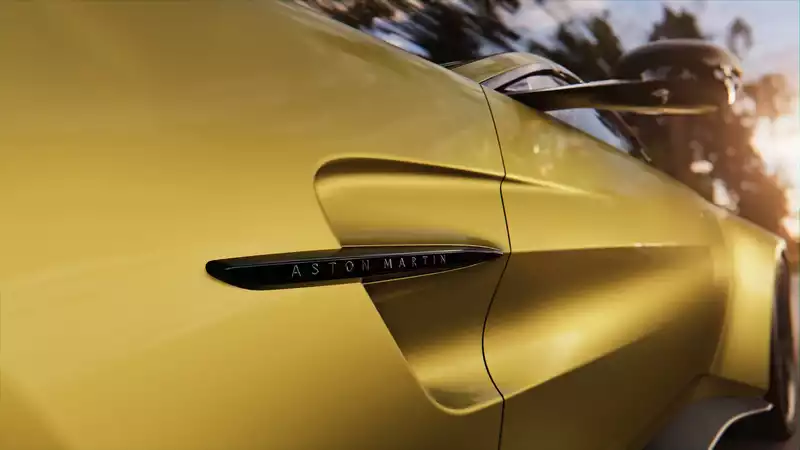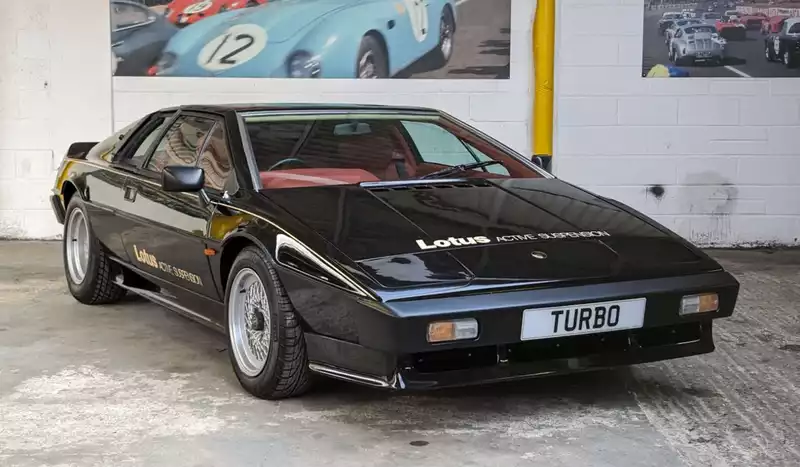The Indy Museum will restore the original paint job of Dan Gurney's Lotus.

The Indianapolis Motor Speedway Museum has embarked on a daunting and self-imposed challenge. Last year, the museum set a goal of restoring a series of significant racing cars and passenger vehicles in its possession within the next four years. As much of that work as possible was to be handled by the museum's restoration team.
The first car selected was a 1963 Lotus 29/1, one of three cars that debuted from the Brickyard in the 1963 Indianapolis 500 and ushered in the mid-engine revolution.
When donated to the museum, the car was painted in the iconic British Racing Green livery made famous by the great Jim Clark. However, upon digging a little deeper, it was discovered that the car was originally painted blue and white. It was the car in which legendary American racer Dan Gurney finished seventh at Indy in 1963.
Gurney crashed in practice earlier in the month, but qualified in a backup car (painted in BRG colors). On race day the car was blue and white.
However, there is more to the restoration process than just repainting the colors, and restoration work is steadily progressing.
The museum's restoration staff is hard at work prepping the car before returning it to its original livery. Sheet metal body issues were repaired primarily at the bottom of the tub. The fiberglass bodywork was massaged to better fit the tub upon completion.
The car will soon be transported to Pennsylvania for bodywork, paint, and hand lettering; PPG Paint donated paint and labor for the project.
While the car is in Pennsylvania, museum restoration staff will focus on the engine. Initial assessments of the engine are promising, and the staff believes that no major motor work is needed. At the very least, however, the restoration team plans to refresh the engine and rebuild the carburetor.
Also, initial inspections have revealed that the suspension components are incorrect for the 1963 Lotus 29/1, so the suspension will need to be rebuilt before the restoration can be completed.
In addition, a new fuel cell is awaiting delivery for the car. Speedway Museum Restoration Manager A.J. Fiarbairn and Museum Curator Jason Vansickle attended the Goodwood Festival of Speed in July 2019, and while in the UK, they visited the Derbyshire He went to Premier Fuel Systems in Castle Donington to arrange the fuel cell needed for the Lotus 29/1.
The restoration is expected to be completed in 2020.
This article, written by Tom Trace, appeared on ClassicCars.com, an editorial partner of Motor Authority.




